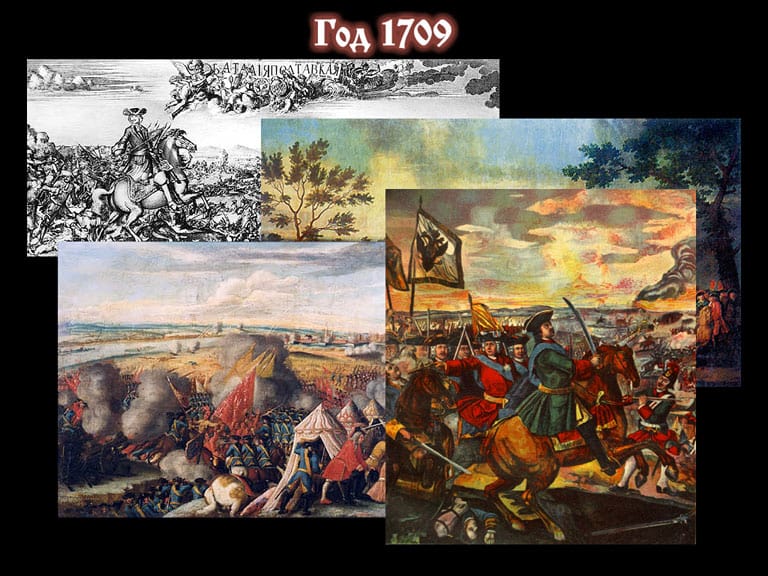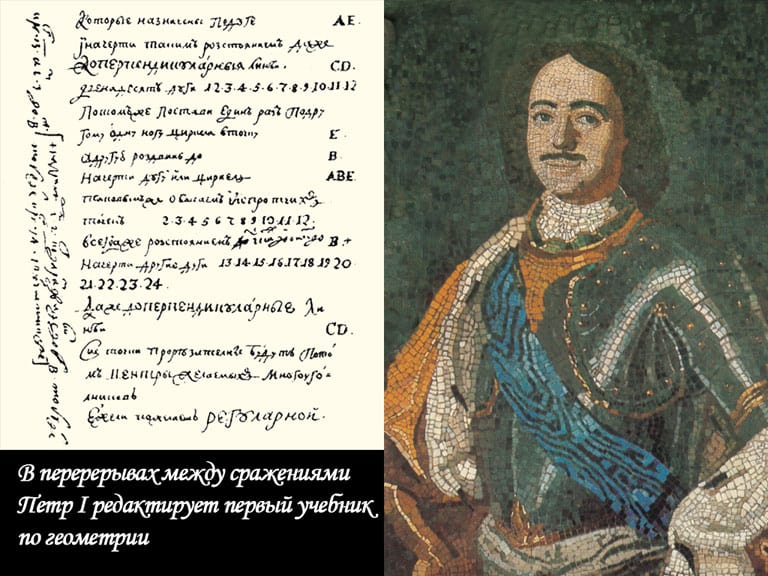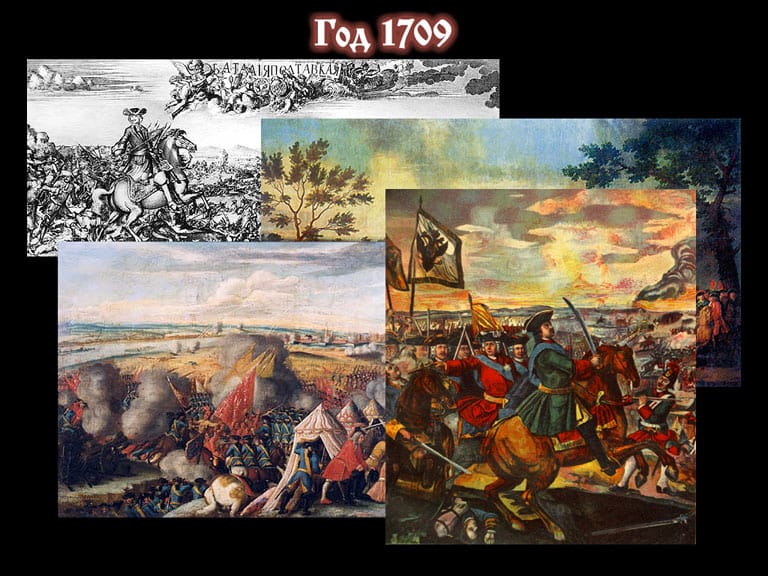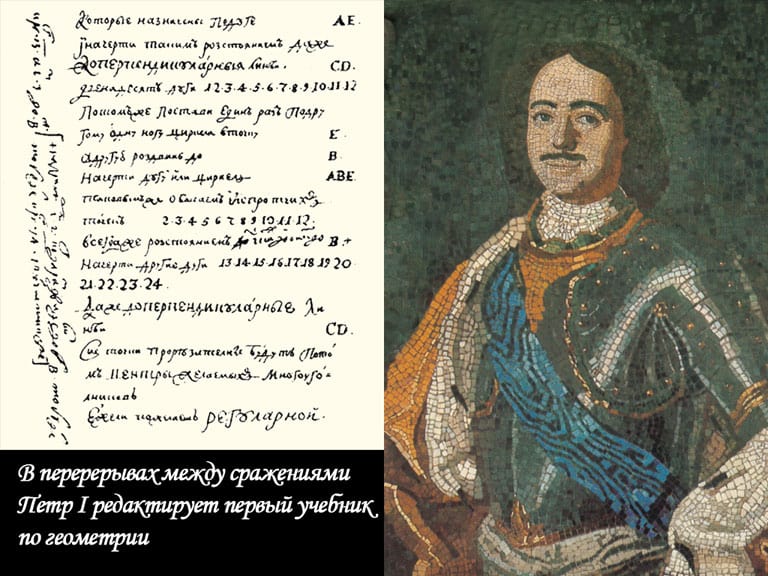In the year when the Moscow University was founded, Mikhail Vasilievich Lomonosov wrote of Peter the Great: “To his great intentions the wise monarch provided for a necessary cause, to disseminate all kinds of knowledge in the fatherland and people skilled in the high sciences…”.
The 250th anniversary of the foundation of the University was widely celebrated in January 2005. President of Russia V. Putin arrived at the opening of the new Library building. In the hall with flags of Russia, Moscow and Moscow University there was also a display showing the video reel presented to your attention. It was worth remembering what education meant to Peter the Great.
With Peter’s tremendous involvement the first Russian mathematics textbook was published in Russia. The year is 1703. Leonty Magnitsky publishes “Arithmetic”.
“Arithmetic, that is the science of numbering. Translated from different languages into Russian, put together and divided into two parts”.
The work of Magnitsky was not a translation, and no similar textbooks existed at that time. This was a unique book.
“Arithmetic, or numeracy, is the art of honest, unbiased…”.
The research of the “Arithmetic” textbook itself and the life of its author is given in the 1914 book by Dmitrii Galanin “Leonty Filippovich Magnitsky and his Arithmetic”.
We shall only give a few highlights, however.
The textbook contains more than 600 pages and includes both the basics — the table of addition and multiplication of decimal numbers, and the applications of mathematics to the science of navigation.
Magnitsky teaches Russia about decimal calculus. What is interesting, he gives the addition and multiplication table not in the form, which is now usually published on the last page of a 12-sheet notebook, but only half of it. In other words, the commutativity of these operations was given from the start.
The textbook covers geometry as well. For example, the Pythagorean theorem is explained via the problem of a tower of some height and a ladder of some length. How far should the bottom end of the ladder be moved away so that its top coincides with the top of the tower? Geometry of circles, inscribed polygons etc are studied as well.
All the problems used in the book are realistic. And “Arithmetic” ends, obviously, with applications of the studied material to real life. For example, the application of logarithmic tables in navigation.
Several copies of “Arithmetic” are carefully preserved in the Rare Books and Manuscripts Department of the Moscow University Library.
The second Russian textbook on mathematics was a book translated from German by J. Bryus, “Geometry in Slovenian Measurement”. Geometry was based on an Austrian edition of the “Circular and Ruler Methods”. The Northern War was underway and Peter the Great was personally editing the textbook during the rests between battles. The handwritten copy which was sent to Bruce was covered with corrections, notes, insertions and additions. And the tsar gave the textbook a new title.
In this edition Peter puts into practice his requirement to Russian textbooks and translations from other languages. He considered it necessary not to transmit a literal accuracy of the text of the original, but " after understanding the text, […] to write in own language as clearly as possible […] and not with high Slovene words, but in simple Russian.“
In the second edition of this book, published under the title “The Methods of Compass and Ruler”, the third part contained texts by Russian authors, and the chapter on the construction of the sunglasses was written by Peter the Great.
The textbook spreads presented in the video, as well as the situation in Russia, are wonderfully matching the well-known quotes that the Russian President would like to be reminded of:
- “Mathematics is the queen of sciences, arithmetic is the queen of mathematics”. C. Gauss.
- “To aim artillery precicely, … considerable knowledge of geometry, mechanics and chemistry is required…”. M. Lomonosov.
- “America, […] has already lost [to Russians] the cold war of science”. J. Kennedy.












